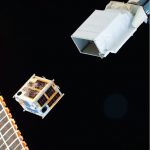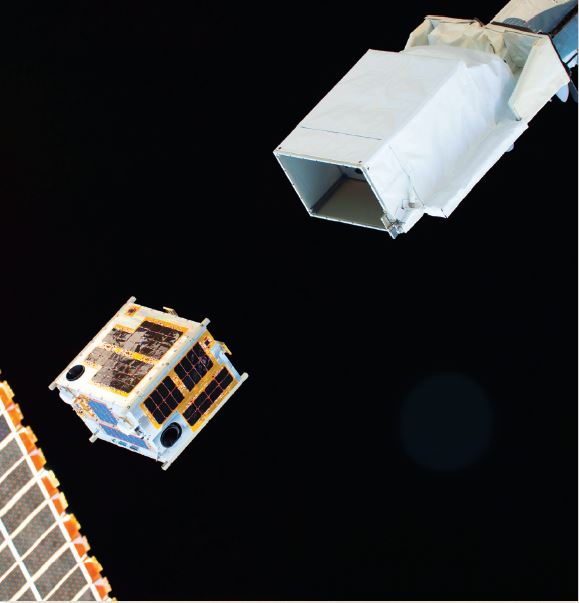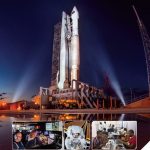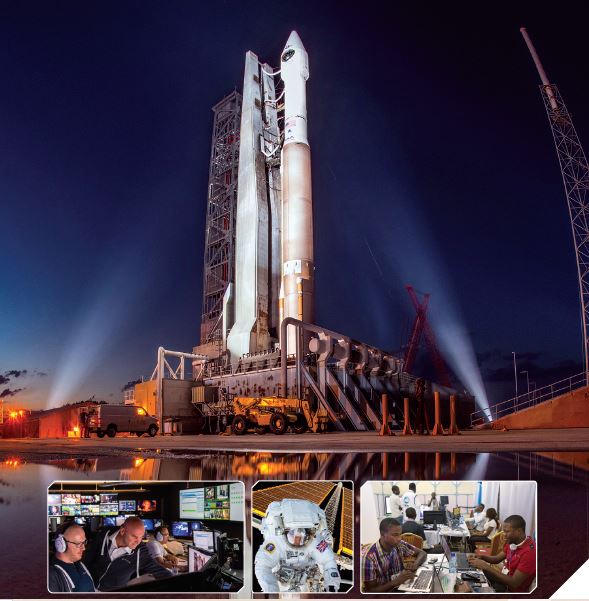South Korea
2017 – South Korean Government Space Budget – Snapshot
The Korea Aerospace Research Institute (KARI) had a 2017 budget of 659.3 billion won (US$576.0 million), a decrease of 13% from its 2016 budget of 746.4 billion won (US$646.7 million).
2017 – Government Space Budgets – Snapshot
The space investments of governments continue to shift on the basis of national priorities and politics…
2017 – Economy: Space Economy


The global space industry continued to grow in 2016, reaching a total of $329.3 billion. This was slightly higher than the previous record of . . .
2016 – South Korean Government Space Budget
The Korea Aerospace Research Institute (KARI) had a 2016 budget of 746.4 billion won (US$646.7 million), an increase of 20.6% from its 2015 budget of 618.7 billion . . .
2016 – Government Space Budgets – Snapshot
Total global government space budgets in 2016 were $## billion, a ##% decrease from $## billion in 2015.
2016 – Economy: Space Economy


The global space industry continued to grow in 2015, although currency fluctuations caused the appearance of a slight decline . . .
2015 – South Korean Government Space Budget – Snapshot
The Korea Aerospace Research Institute (KARI) had a 2015 budget of 618.7 billion won (US$553.2 million), an increase of 21.4% from its budget in FY 2014 of 509.6 billion won (US$503.7 million).
2015 – Government Space Budgets – Snapshot
Total global government space budgets in 2015 were $76.516 billion, a 4.8% decrease from $80.415 billion in 2014. More than half of this spending was in the United States, which budgeted $44.567 billion for government space activities in 2015. Government budget levels reflect the most recent budgetary information available for each country, taking into account the fact…
Economy: Space Economy – TSR 2015
2014 – South Korean Government Space Budget
South Korea’s civil space program is overseen by the Ministry of Science, ICT, and Future Planning (MSIP). The Ministry also drafts, authorizes, and coordinates national space policy and has regulatory authority over space object registration, launch authorization, and launch insurance requirements. South Korea’s 2014 budget was ₩## billion (US$## million), which was ##% of South Korea’s 2014 national budget of ₩## trillion (US$## billion). The largest portion of the total space budget was allocated to the Korea Aerospace Research Institute (KARI), which received approximately ₩## billion (US$## million).